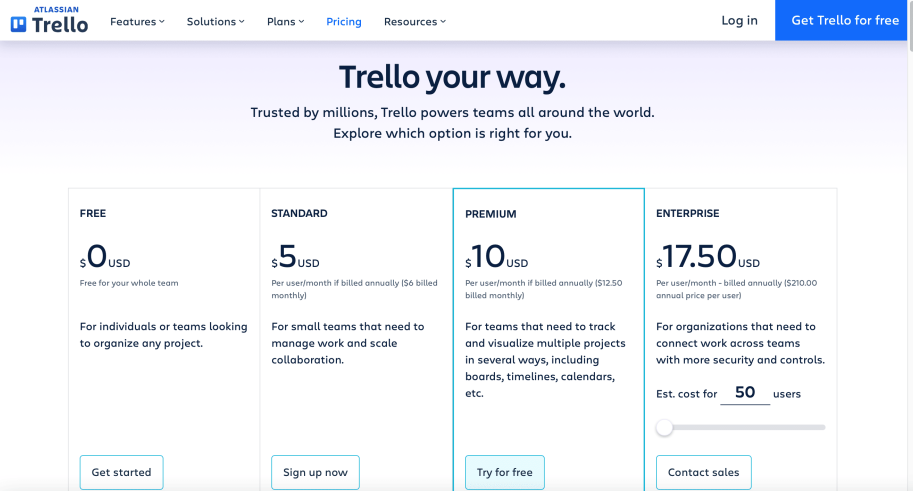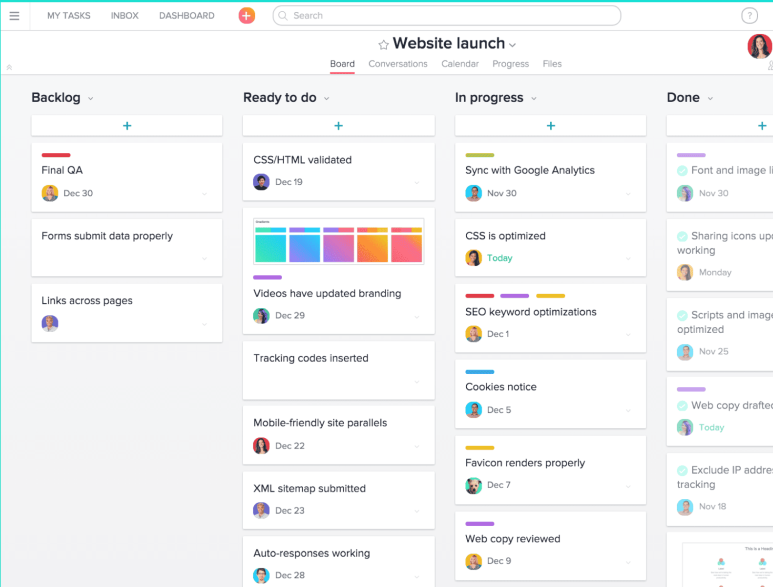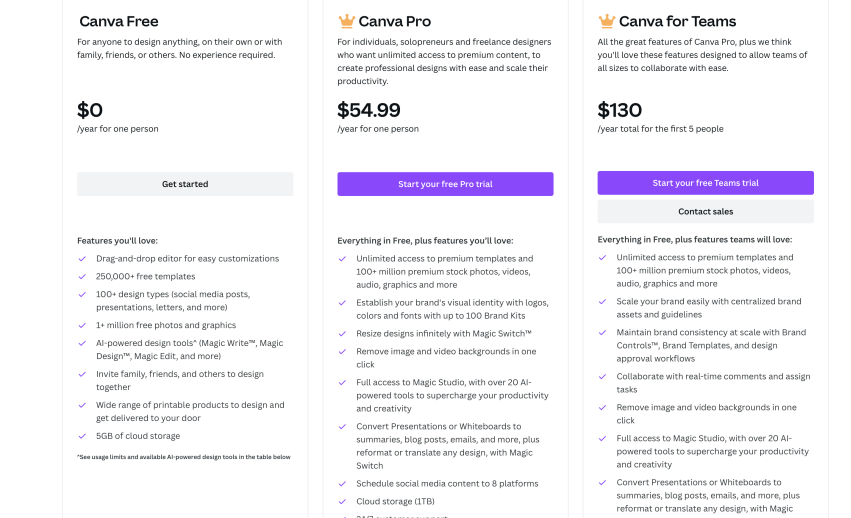
Content is the heart and soul of a blog. It’s the reason people visit and stay engaged in your blog. As a result, blogging has become a popular platform for people to share their thoughts, ideas and experiences with the world.
The content in blogs informs, entertains, provides solutions, builds brands and generates money. However, it’s not just about any content that has capacity to do all that. Its only valuable and well-written content that attracts and retains readers in your blog.
High-quality content is a magnet that not only draws readers in but also keeps them coming back for more.
Understanding the Role of Content in Blogs
Content plays a central and pivotal role in the success of a blog. The content is the core offering of a blog, and it serves several crucial multifaceted roles:
Information and Education
Blogs primarily exist to inform and educate their target audience. Blog content provides readers with valuable information, insights, and knowledge on a wide range of topics. It can serve as a resource to help readers understand complex subjects, learn new skills, or stay up-to-date with the latest trends and news.
Engagement
High-quality content will engage the audience in your blog. Engaging content keeps readers coming back for more. It sparks their interest, captures their attention, and encourages them to explore other parts of your blog. Engaged readers are more likely to share content, leave comments, and become loyal followers.
Entertainment
Some blogs focus on providing entertainment through content, such as humor, stories, or creative works. Entertainment-oriented content aims to make readers laugh, cry, or simply enjoy their time on the blog.
Building Authority and Trust
Well-researched and informative content helps bloggers establish themselves as authorities in their respective niches. When readers trust the information and insights provided in the content, they are more likely to view the blogger as a credible source.
SEO and Visibility
Content is crucial for search engine optimization (SEO). Well-optimized content can improve a blog’s visibility in search engine results, attracting organic traffic. SEO involves incorporating relevant keywords, creating high-quality backlinks, and producing fresh and relevant content.
Audience Building & Monetisation
Content is a means of building and growing your blog’s audience. By consistently producing high-quality content, bloggers can attract more readers, gain subscribers, and expand their reach.
Great content serves as a valuable asset for promoting the blog. When readers find content valuable and shareable, they are more likely to promote it on social media, increasing the blog’s visibility and reach.
Content can foster a sense of community among blog readers. When readers engage with and discuss the content, it creates a sense of belonging and community on the blog.
For many bloggers, content is the foundation for monetization strategies. Content can attract advertisers, sponsors, and affiliate marketing opportunities. It can also encourage readers to purchase products or services recommended in the blog.
Brand and Blog Identity
The content reflects the brand and identity of the blog. It communicates the blog’s unique voice, style, and values. Consistent and well-crafted content helps differentiate the blog from others in the same niche.
Feedback and Interaction
Content often elicits feedback and interaction through comments and discussions. Bloggers can gain insights, answer questions, and learn more about their audience through these interactions.
Long-Term Value
High-quality evergreen content continues to provide value over time. It can attract a steady flow of traffic and remain relevant for years, providing lasting benefits to the blog.
Key Elements of High-Quality Content
What Makes Great Content?
Great blog content is distinguished by its ability to engage, inform, and resonate with your readers.
However, what makes content great may vary depending on the niche, target audience, and goals. It’s essential to adapt these principles to fit your specific context and continuously assess what resonates best with your readers.
Key elements that make content great for a blog include:
Relevance to the Audience (Search Intent)
Great content addresses the specific needs, questions, and interests of the target audience. It’s tailored to the readers’ demographics, preferences, and pain points.
How to Optimize Content for Search Intent
Value and Utility
It provides valuable information, solutions, or entertainment. Readers should gain something from reading the content, whether it’s knowledge, inspiration, a solution to a problem, or an enjoyable experience.
It provides actionable steps or takeaways that readers can implement in their lives or work.
A great blog post encourages reader engagement through comments, social shares, and discussions. It stimulates a sense of community and interaction.
Originality and Uniqueness
Great blog content offers a fresh perspective or unique insights on a topic. It avoids duplicating what’s already available on the internet and adds a new dimension to the conversation.
If the content includes statistics, quotes, or references to external sources, it should properly cite those sources. This adds credibility and integrity to the content.
Well-Researched
High-quality content is well-researched and factually accurate. It relies on credible sources and data to support claims and arguments.
Clear and Engaging Writing
It is well-written, with a clear and concise structure. Engaging content keeps the reader’s attention from start to finish.
Incorporating visuals like images, infographics, or videos can enhance the visual appeal of the content and make it more engaging and informative.
Effective use of subheadings and formatting (such as bullet points and numbered lists) makes the content scannable and easy to read.
SEO Optimization
Great content is optimized for search engines. It includes relevant keywords and meta tags to improve its visibility in search results.
Consistency
Consistency in style, tone, and publishing schedule is essential to build a loyal readership. Consistency in content creation, publishing schedule, and style creates a predictable and reliable experience for your readers. They know what to expect, and this reliability encourages them to return to your blog regularly.
Ultimately, consistency builds trust and encourages engagement with your audience, making your blog as a dependable source of information in your niche.
Search engines often favor websites that produce fresh, regular content. A consistent publishing schedule can improve your search engine ranking, attracting more organic traffic.
Emotion and Empathy
Content that connects with readers on an emotional level is often more impactful. Empathy and understanding of the audience’s emotions can make the content resonate deeply.
Feedback and Improvement
Great content creators are open to feedback and use it to continually improve their work.
Encourage readers to take a specific action, whether it’s subscribing, sharing the post, or exploring related content.
Originality sets your blog apart, attracts backlinks, and fosters innovation, making your content more appealing and valuable to your audience. Combining these elements can help you create content that not only attracts and retains readers but also helps your blog grow and succeed in the long term.
Utilising the Right Tools and Techniques to Achieve Great craft Content

Crafting effective content involves a combination of skills, strategies, and tools. The assumption to this is that you have already created your target audience’s personas using any one of the myriad tools in the market.
Analytics tools such as Google Analytics, social media insights or customer feedback tools will help you to understand your audience’s demographics, preferences and behaviours.
It is important for you to analyze the performance of your content regularly so that you identify what works well and what needs improvement.
Tools for Crafting Great Content for Beginners
The art of content creation involves several aspects. It covers a wide range of mediums and formats, such as blog posts, written articles, webinars, videos, infographics, podcasts, and social media updates.
The online market is awash with many tools to assist you in different aspects of the content creation odyssey. These tools can be categorized into 5 categories as follows:
- Content Planning & Organization Tools
- Content Writing & Editing Tools
- Keyword Research Tools
- Visual Content Creation Tools
Content Planning and Organisation
A good content creator always plans ahead of time. Planning and scheduling tools save time by allowing you to prepare and schedule content effectively.
When you plan your content strategy in advance, you are able to achieve a coherent flow and consistent posting schedule.
Note: Consistency is key to engaging your audience and retaining their interest over time.
Content Planning Tools
Content planning tools assist you to plan, organise, and manage your content effectively.
However, each tools offers different preferences. Its important to choose a tool based on your team’s specific needs, workflow, and preferences.
Many of these tools offer free trials, so you can experiment and find the one that best fits your requirements.
I recommend the following 3 popular content planning tools:
Google Calendar – Google Calendar is a simple and effective tool for content planning, especially for smaller teams. You can create different calendars for various content types and events. It’s easy to share calendars with team members and set reminders for content deadlines.
Trello – Trello is a versatile project management tool that uses boards, lists, and cards to help you organize your content planning process. You can create boards for different content types, and use cards to represent individual pieces of content. Labels, due dates, and attachments can be added to enhance organization.

Asana – Asana is a powerful project management tool that allows teams to coordinate and manage their work. It’s suitable for content planning with features like task assignments, due dates, and project timelines. You can create projects for content planning and use tasks to outline specific content pieces.

Editorial calendars also come in handy to ensure a consistent and cohesive approach to content production, aligning with overall business goals and audience needs.
Keyword Research
Keyword research is a foundational step in the content creation process. It enables you to understand your audience, optimise your content for ranking in SERPs, competitor analysis and much more.
Professionally undertaken keyword research will not only improves your content’s visibility on search engines but also ensures that your content is relevant, valuable, and aligned with the needs of your target audience.
Keyword Research Tools
Keyword research tools help you with one key aspect; Discover relevant keywords and incorporate high-ranking naturally into your content to improve search engine visibility and reach your target audience.
For purposes of content creation, i recommend the following keyword research tools:
- Google Keyword Planner
- SEMrush
- Ahrefs
- Jaaxy
Free Keyword Research Tools for Beginners
Writing and Editing
Great content calls for clear, concise, error-free and engaging content. While these tools are valuable, manual editing and proofreading by a human are often necessary to catch nuances and ensure the highest quality in your content.
Tools or no Tools: Edit and proofread your work to ensure it is error-free and aligns with your brand tone and voice.
Writing and Editing Tools
The choice of tools may depend on your specific writing and editing needs, so it’s a good idea to explore a few and find the ones that work best for you.
I recommend the following tools for you:

Grammarly – Grammarly is a widely used writing assistant that checks for grammar, spelling, punctuation, and style errors. It provides real-time suggestions as you write and can be integrated into browsers, word processors, and more.
ProWritingAid – ProWritingAid is a comprehensive writing and editing tool that checks for grammar, style, and readability issues. It provides in-depth reports on various aspects of your writing
Google Docs – Google Docs is a collaborative writing platform that allows multiple users to work on a document simultaneously. It provides basic spelling and grammar checking features and is accessible from any device with an internet connection.
Visual Content Creation
Creating visually appealing content is crucial for capturing and maintaining audience attention.
Professionally incorporated visuals such as images, infographics and videos enhance the visual appeal of your content and improve user engagement.
Visual Content Creation Tools
There are numerous for this task; be it designing graphics, infographics, social media posts, presentations and other visual content.
Many visual content creation tools offer free versions with limited features, making them accessible to users on budget.
I recommend the following free tools for beginners:

Canva – Canva offers a free version with a wide range of design templates for social media graphics, presentations, posters, and more.
Venngage – Venngage provides a free version for creating infographics with limited templates and features. It’s a good option for basic infographic design needs.
Animoto – Animoto has a free version with limited features, allowing users to create simple videos using photos, video clips, and music.
InVideo – InVideo offers a free plan with basic features for creating marketing videos and presentations. While some advanced features are restricted, the free version is suitable for basic video editing needs.
In addition to the tools highlighted above, you will also be required to take care of the distribution of your content, user feedback as well as measurement and analytics.
When you combine these tools and techniques, you can create content that not only captures your audience’s attention but also aligns with your overall business goals and objectives.
Summary: People-First Content for Better Engagement
Its clear from the foregoing that the pillars of great content includes:
- E.E.A.T Compliant
- Valuable
- Original
- Comprehensive
- Up-to-date (Fresh)
Often ignored, particularly in technical blogs, empathy is crucial in blog content at it cuts across al the 5 pillars. It helps create a more meaningful and impactful connection with your audience. By putting yourself in their shoes, you can address their challenges and provide content that is more relevant and valuable to them.
Empathizing with your audience helps you create content that they can relate to on a personal level. When readers feel that the content understands and resonates with their experiences, it fosters a stronger connection and engagement.
When readers sense that you genuinely care about their concerns and are providing solutions or insights that align with their needs, they are more likely to trust your expertise and credibility.
Empathy is therefore a cornerstone of effective and impactful blog content. It not only helps you understand your audience better but also allows you to create content that genuinely resonates, builds trust, and fosters a strong and lasting relationship with your audience.
Lest you forget, the key is to be genuine, open, and responsive.
Jeff
Safari Affiliate
